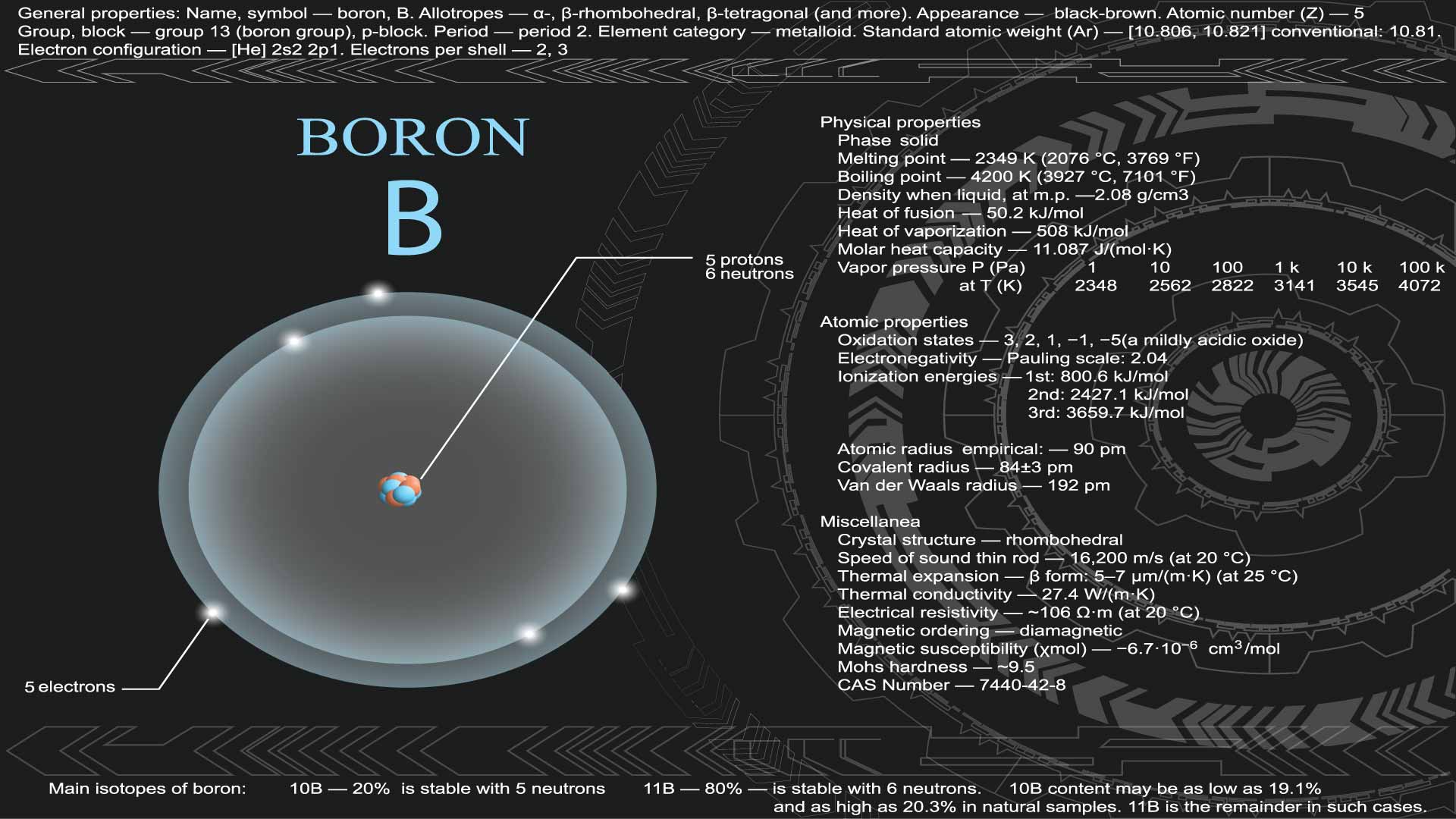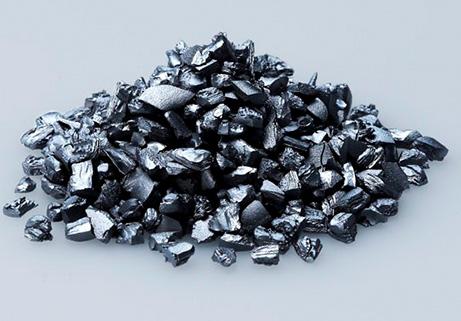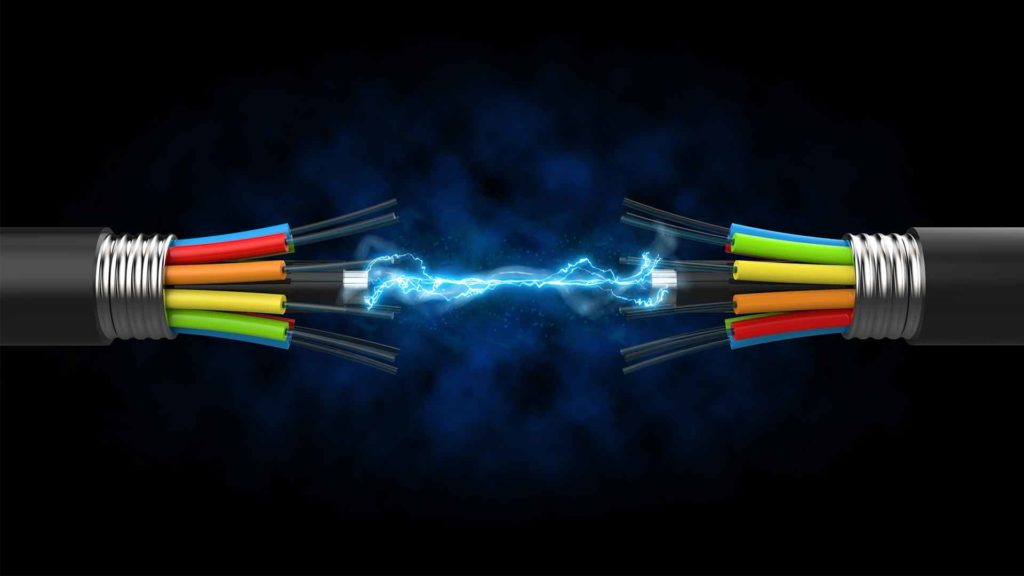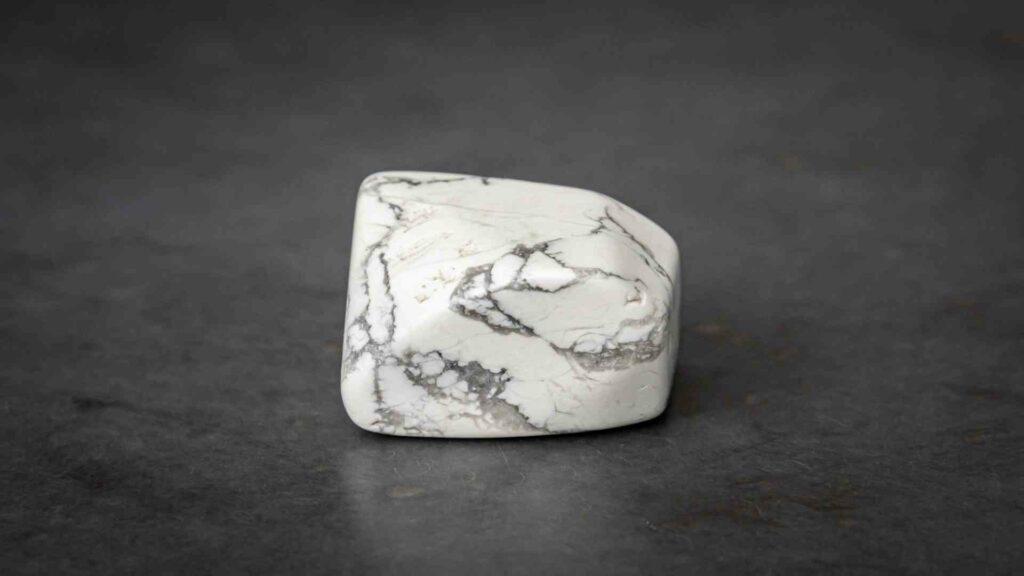
The mineral Boron is a wonder. It is one of the building blocks for our modern lifestyle. We use it every day in all sorts of things, from concrete to computer chips. Yet few people know what it is or which countries use it extensively. This article will tell you everything you need to know about this amazing mineral.
Industries, Businesses, and anyone with an interest in the future of our planet need to understand what Boron is. It is an element present in nature. But it cannot exist on its own. It needs to combine with other elements before it becomes a useful substance. The only way for humans to get access to Boron is by mining them from natural sources. Or you can synthetically create them.
What is the wonder mineral, Boron?
It is a catalyst for manufacturing many products. It helps in the production of steel, plastics, detergents, synthetic rubber tires, and much more. It also helps with the production of fertilizers by increasing their effectiveness in food crops like corn or wheat. Most importantly, it is useful in semiconductors which makes modern life possible.
It is helpful extensively in solar panels. Because it can absorb photons very efficiently without releasing them right away. This prevents excessive heating within the panel cells. It also generates electricity from sunlight at about twice the efficiency of silicon-based solar panels on average.
Where can you find Boron?
We can find it in the air, water, and soil. It is also present in seawater and salt lakes. They are a part of humans and animals too.
Minerals that contain Boron are borax, colemanite, ulexite, and kernite.
Boron can be found worldwide but the countries with the largest sources are China, Turkey, Tibet, Japan, and the United States of America. It is present in the earth’s crust at a concentration of about 17 parts per million. It is ten times less than aluminum. However, the largest producer is China. It has increased production significantly over recent years to meet demand. Since its population grows from 13% to 20%.
The extraction process depends on what type we’re looking for – natural or synthetic. All types start by mining them out of nature. Synthetic Boron starts by combining other elements before extracting those new substances again. The process repeats until you end up with pure Boron crystals. In this way, you can create more than what exists naturally.

Boron Crystals
What are its properties?
It is a non-metallic element. It doesn’t share any of the metallic luster or hardness. Therefore, it is much softer than aluminum.
Despite this, borax has an excellent strength-to-weight ratio. So it is useful in many places where metal would not work due to weight restrictions.
It is an essential micronutrient for plants. It helps plants by acting as an antagonist to some plant hormones, which means that it can help prevent and control certain diseases.
The main use for natural Boron is as a fluxing agent when refining certain metals such as copper and lead. Although synthetic Boron can be used here too.
It also helps in cleaning up the environment by preventing metal-catalyzed corrosion of steel.
It in nuclear reactor cores helps to control the fission process. It plays an important role in neutron capture safety.
Boron is also useful in fiber-optic cables and the outer layer of Teflon (PTFE) insulation. Because it has a low index of refraction. This means that signals carried by these materials can be transmitted more efficiently than with glass fibers.

It is also used in the metallurgical industry for alloying with steel during production to increase its strength and durability.
It can absorb infrared radiation and is used in the production of infrared absorbing windows. This makes Boron useful in energy-efficient applications.
Boron is an ingredient in advanced materials such as photovoltaics, solar cells, and LEDs.
It is also useful in the production of several things we use every day such as semiconductors and fiber optic cables.
We have seen how Boron plays an important role in our life without us even realizing it.
Who uses Boron? – The Boron Market
The market for Boron includes construction materials, metallurgical industry, advanced materials, semiconductor manufacturing among others.
California is the home to the largest Boron mine on earth.
China uses Boron as a flux material for its furnaces and steel production. It needs Boron to alleviate acid rain by trapping emissions from coal-based power plants in borates. It is also helpful as a chemical stabilizer in tires.
India uses it to help purify water supplies. This aids them with the problem of clean drinking water that they have.
Brazil mainly uses that on cotton crops. Because it helps fight against pests such as worms or insects without having any negative impacts on the environment. The country can produce more crop yields than before so there are many benefits of this usage.
What is the growth of the Borate market?
The market of Boron is increasing year on year. This means a lot more people are buying it and using it in their daily lives today. They are making huge purchases from supermarkets to mining companies that deal with raw materials such as borax or sodium tetraborate decahydrate (NaBH). The high demand will only continue to grow thanks to its many uses.
Boron for a greener planet
The Boron industry needs to contribute more to sustainable development.
It is a unique mineral that can help our society become greener and cleaner. It helps from water purification, energy-saving applications, building green homes, or even reducing carbon emissions of cars. It will be crucial for the future of this mineral as its availability decreases, we need to find innovative uses for it.
Boron in wind turbines: In wind turbines decreases the rate of ice forming on the blades, which reduces energy losses.

Boron as a coolant: In high-power electronics, borates are often mixed with water (i.e., “boring fluid”) to act as a heat sink and prevent overheating. Some examples include power supply units for computers or servers.
Building green homes: Using boron can reduce CO emissions by up to 20% when building new houses. It is due to its particular properties that absorb CO from the atmosphere during the production process.
Reducing carbon emissions from cars: Increasing the use of borates may help lower a car’s emission levels by absorbing gases released. It helps to cool down the car’s engine.
Boron in high-durability wood: Borates are added to hardwood products such as plywood, particleboard, and laminates at a rate of just over one percent by weight.
Cleaning up nuclear waste: The borate group extensively cleans up uranium mill tailings from old mines. Because it is less reactive than other common chelating agents. This helps with stability, cost, and leaching risks. This process also has applications for future cleanup operations both on Earth or off Earth.
Boron in healthcare
It helps in cancer treatments
It is often a part of cancer treatments such as radiation therapy or chemotherapy.
Cancer is one of the most deadly diseases in the world, claiming over 8 million lives every year. The disease affects patients of all ages and lifestyles. One way to combat this terrible illness is through chemotherapy treatments that involve using drugs or radiation to kill cancer cells. But what if there was another option?

Boron is a therapeutic agent for more than 20 years. It has promising research studies indicating its effectiveness on various types of cancer including prostate cancer, leukemia, lymphoma, and breast cancer. It is unlike traditional chemotherapies that can cause severe side effects like nausea and hair loss. It seems to have little-to-no side effects at all. It is also much less expensive than other treatment options such as surgery.
It helps arthritis and osteoporosis
Boron is a natural element that can help treat arthritis. Most Americans are deficient in it. However, it is effective at treating all forms of arthritis, including osteoarthritis and rheumatoid arthritis.
Arthritis is a condition where the joints become inflamed, painful, and stiff. The pain can be debilitating and can change daily without any warning. One of the most common treatments for arthritis is boron-based supplements. It helps to reduce inflammation in the body. Studies show that people with arthritis who take boron’s experience less morning stiffness and weight loss from fluid retention. They also have lesser joint swelling and better mobility.
A study by “The American Journal of Clinical Nutrition” says that boron has a significant impact on inflammation and pain due to arthritis. Borax helps to reduce joint pain among those with osteoarthritis by 20% after only one week of taking it daily.
Agriculture
It plays an important role in agriculture. It helps plants grow and strengthens plant cell walls. This element is a key factor in the production of healthy crops. And it is useful in fertilizer or added to soil as a supplement for plants that need more boron.
It also improves the taste, texture, color, and shelf life of food items such as wine grapes. The boron in plants comes from soil-borne borates. It is due to weathering or volcanic action on rocks containing high levels of this element.
Boron plays an important role in plants to develop a healthy root system. Studies show that plants with boron deficiency show increased susceptibility to disease and insects. Furthermore, they are more sensitive to drought conditions.

This is the second most abundant micronutrient in plants. While it is not as prevalent in plant tissues as nitrogen or phosphorus, boron plays an important role. It helps to regulate water content by acting on cells that take up water from the soil. This element aids photosynthesis by helping chlorophyll synthesis which enables plants to use sunlight more efficiently.
Boron in Animals
In animals, boron deficiency can lead to developmental abnormalities as well as impaired immune function. Without enough dietary boron, bones become brittle and are less able to withstand the stresses of everyday living.
They are prone to breakage or fracture due to normal physical activity such as walking or running. In pregnancy, insufficient amounts of boron may result in birth defects. It can include neural tube defects like spina bifida or anencephaly which can lead to paralysis and death.
Industrial uses
The use of boron as a natural flux material in the steel industry is recently challenged by more economical alternatives. However, the growth potentials are huge for industrial uses where boric acid is useful to manufacture fertilizers and sugar refining. With the rising population and global food demand, boric acid could find new applications as fertilizer or sugar refining agents. It can replace the lime ores lost over time.
Other opportunities arise from using boron compounds such as hydrofluoric acid to replace traditional fluorine sources during glass production or metal extraction processes. More efficient energy solutions based on hydrogen fuel cells will also need some form of fuel storage technology. Most likely it may involve lithium-ion batteries containing the most important metal for the future, lithium. Boron might be one of these possible fuel storage materials with high energy and low volume weight.
It is an essential element that plays many roles in industrial production processes.
What are future uses?
Future uses are manifold. Recently, scientists have discovered that Boron has antimicrobial properties. This makes it useful for fighting against fungi and bacteria like MRSA on hospital surfaces. It can treat also treat wounds from diabetes patients who suffer from peripheral neuropathy.
In natural environments, borates act as a buffer against acidic rainwater or naturally occurring acid mine drainage (AMD). This prevents many problems that result from drinking water contaminated by sulfuric acid. It can stop metal leaching into the groundwater supply and damage aquatic life downstream.
The use of borate mining residues on agricultural land increases crop production. Especially, for farmers with hard rock soil. It helps by improving soil fertility, thereby reducing dependence on fertilizer imports.
It can act as radiation shielding and offers protection in Nuclear Waste Disposal Sites.
There are many more uses for borons. It is an additive in nonstick coatings and improves dental health by strengthening tooth enamel. This can also act as a natural preservative on fruits and vegetables without any side effects. There are so many possible applications.





